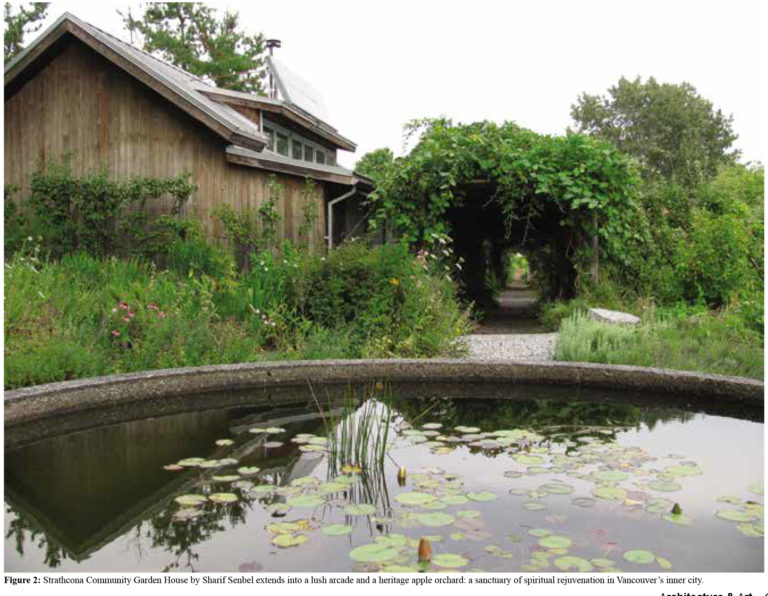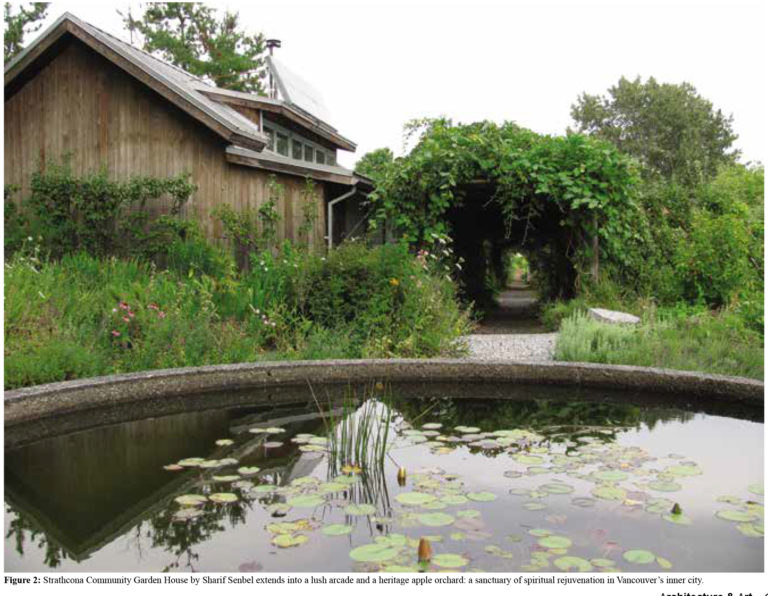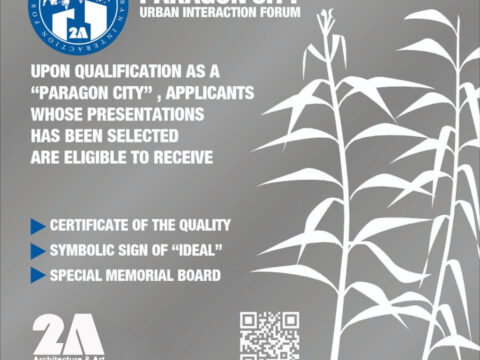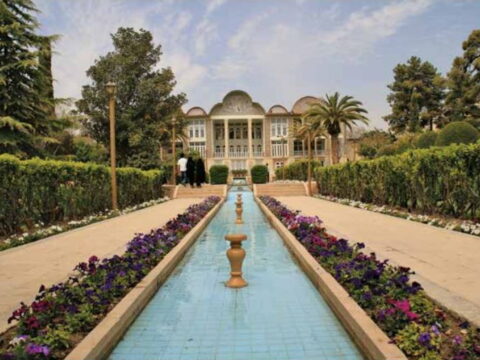Ecology and Spirituality in Cities: Towards a Spirit Enriching Urban Environment by Maged Senbel
Published in 2A Magazine Issue #12
Biography: Dr. Maged Senbel’s research explores parallel areas of inquiry: a quantitative and critical assessment of the relative ecological merits of different urban design typologies; and a qualitative analysis of deliberative, participatory and inclusive public engagement to advance sustainable urban design decision-making. Dr. Senbel is also developing new lines of inquiry into the relationship between ecology, spirituality and urban design and their combined capacity to foster reduced material and energy consumption in cities.
There are two imperatives for spiritual renaissance in contemporary culture. One is derived from consequentialist arguments about the corporeal reality of ecological necessitythe other from metaphysical explorations and an ontological quest for sublime connections to a higher purpose. They combine to demand a spirit enriching built environment that cultivates values of conscientiousness and reciprocity between ways of being and ways of building.
One set of causes for mainstream spiritual malaise comes from our unquenchable thirst for the consumption of matterthe commodification of the universe and our apathetic
internalization of the values of consumerism. We find ourselves consuming uncontrollably, unsustainably and unhappily1. Our consumption is occurring at rates and intensities that are ultimately self-destructive. We have become spiritually dormant; substituting the enlightenment of intersubjectivity2 with the ego-centricity of material
acquisition.
Consequentialist ethics require us to act now to avoid the anticipated hazards of eroding our ability to enjoy future consumption at today’s levels3. Quite apart from the questionable morality of consuming so much of the earth’s resources that future generations will live in a world of scarcity, there is the self-interested utilitarian necessity
of retaining sufficient resilience in ecological systems for today’s needs. Building on the work of ecological ethicists46, we can sketch broad strokes of inquiry into the relationship between spirituality on the one hand; and urban systems, biological systems and human behaviour on the other. How can spiritually imbued architecture and urban design help satiate our senses and wean us off our addiction to energy intensive material consumption? Spirit centric cities would explicitly and constantly connect us physically, rationally and symbolically to the ecological systems that sustain us. They would call into question architecture’s contemporary preoccupation with formal experimentation and constructional innovation. This is not a critique of architectural expression itself, but rather an acknowledgement of the cost of undermining the ecological spirit of unbuilt places and the spirit-enriching ecological potential of built spaces. This is a call for architects and urban designers to respond to the need for spiritual maturity in the conceptualization, design and construction of built form.
Our ability to improvise, innovate and invent is selfevident. Mining, trading, shipping and manufacturing are so fine-tuned that we have the capacity to gather materials from anywhere on earth, process them anywhere and ship them to anywhere to build structures that can withstand any climate. We have perfected the machinery of consumption and have become addicted to its sensory rewards. In the process we have fallen victim to the false notion that we can subjugate nature.
The cumulative result of our progress is that we are onsuming more efficiently but ultimately we are simply consuming more. We are further away from the elusive goal of being able to sustain today’s lifestyles for our children and grandchildren3. Somehow the development of an ecological epistemology has been stunted by our consumer culture.
Instead, we have rampant consumerism with a green veneer.
Even when we question the morality of habitual consumption in a world of limits, we find ourselves unable to deviate from the ruts of excessive consumption; consumption beyond that which is sufficient for health and happiness7, 8. A key contributor to excess is the consumer culture’s conflation of material acquisition with happiness and success. Insulating ourselves from the power of advertizing requires spiritual fortitude. Spirituality would have us cultivate contentment through human relationships and emotional communities of compassion, sharing, giving and love7, 8. How can our built environment help foster such a culture?
Spirituality in Cities:
owards a Spirit Enriching Urban Rather than simply refining the workings of consumer culture, urban spaces can bring about directional change in everyday praxis. Many spiritual traditions, including Muslim9, Christian, Jewish, Hindu, Buddhist and indigenous asceticism, encourage a deep consciousness of the inherent value of all matter that resides in the universe. They teach that both living and non-living things reverberate with a universal consciousness that requires us to revere their value in maintaining the balance of the cosmos. We are embedded in the ecosphere, integral to its functioning and utterly dependent on it. The boundaries between building and landscape, artificial and natural, material and sacred must be reconstructed as spirit nurturing continuous interdependencies.
Numerous epistemological perspectives uphold the notion of human subservience to a higher order. Deep ecologists see it as species nested in complex biological
webs. Bioregionalists provide insight into the primacy of local ecosystems in defining the parameters for inhabiting land. Spiritualists see it as subservience to a divine order or as intersubjectivity between inseparable divine lives. A common thread throughout is how reflecting on the web of life can facilitate material conservation, and how weaving ecological richness into the fabric of the city can help nurture such reflection. Architecture and urban design can
play a critical role in exemplifying the ethos of ecological equilibrium.
Spaces that inspire wonder, awe and humility can go beyond celebrating nature through the integration of living systems into architectural structure, and move towards
creating a culture of consciousness. Places that foster phenomenological experiences, and targeted encounters with the truly extraordinary, are necessarily context specific design challenges, but such interactions with the built environment have the power to shape culture. By simultaneously embodying ecological majesty and human intersubjectivity, in both the mundane and the monumental, the routine and the regal, the built environment can be sufficiently spirit enriching to begin cultivating measures of quality and happiness that do not undermine the integrity of global ecosystems. (Figure 3)






No Comments